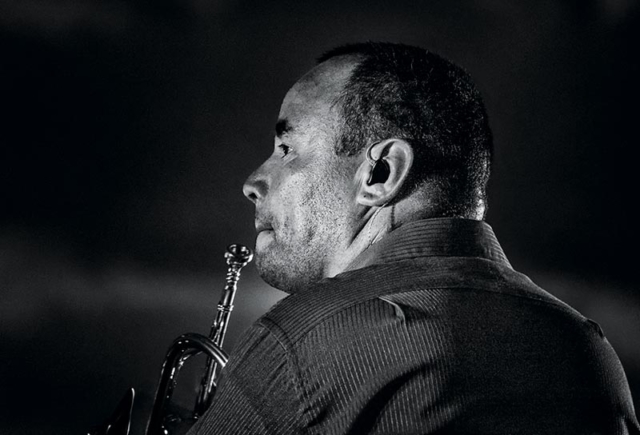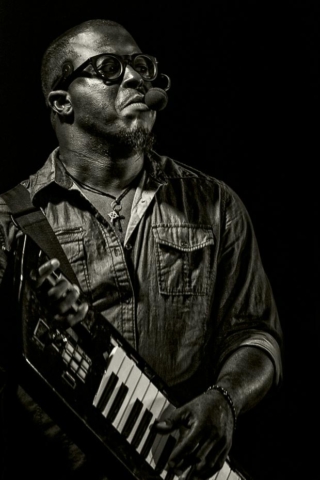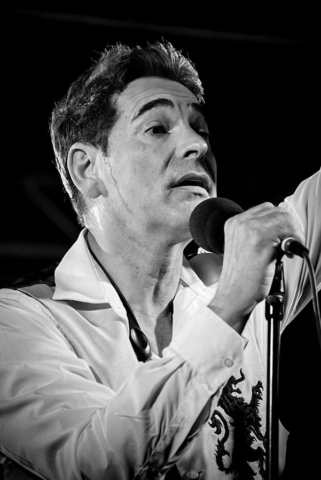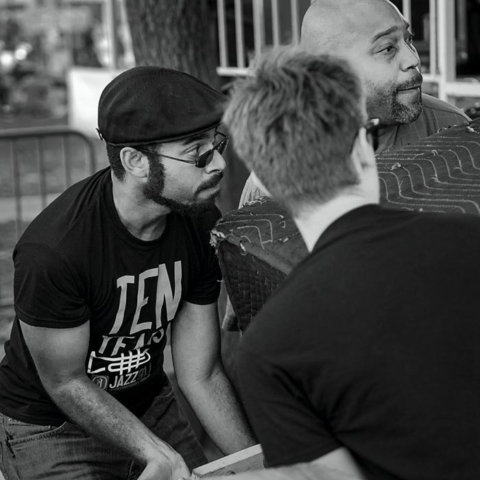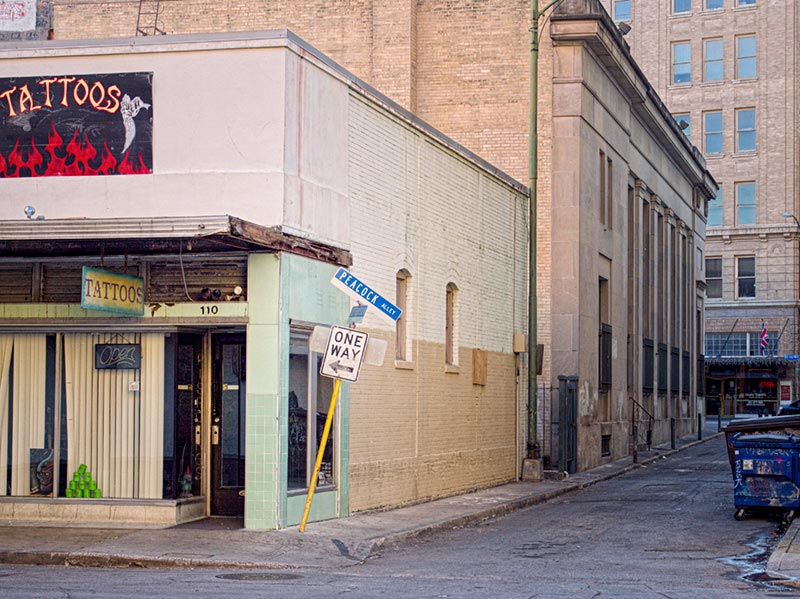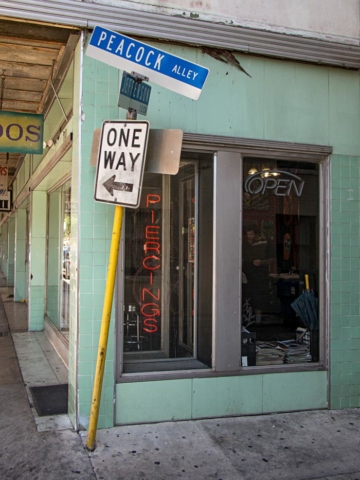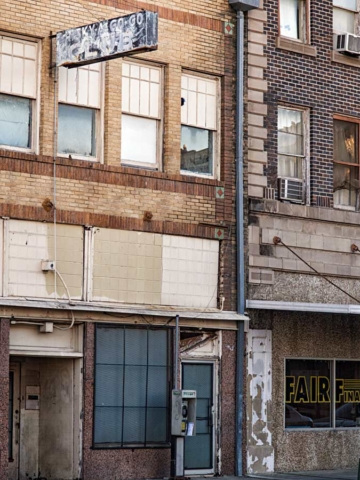
The subject that most interests me as a photographer is the human face. Even though many of us routinely mask ourselves with makeup or facial hair the face still conveys a strong sense of who we are to the world. Faces are utterly fascinating.
Unfortunately staring at someone long enough to see the detail in their face is considered bad manners or even confrontational. That is unless you are making a photographic portrait. Then you are allowed and encouraged to examine the face of your subject in detail. You can even do this to some extent in street photography. The camera acts as a barrier between the photographer and subject that bypasses social convention. I’m sure there must be some deep evolutionary reason why we tolerate the stare of the machine but not that of other people.
As a non-professional photographer it is often difficult to photograph people outside of my circle of family and friends. I have to seek out subjects who are inclined to be photographed. For me that almost always means shooting at some sort of public event. There you have a target rich environment where people expect to interact with one another. It lowers barriers that people may otherwise have to the camera.
San Antonio, Texas where I live has many public venues that host events during the year. One of my favorites is the historical reenactments of the siege and fall of the Alamo. They take place in the middle of the city adjacent to the Alamo itself on two weekends in late winter. Depending on the year there will be tens to more than a hundred people in authentic early nineteenth century dress in the plaza anxious to talk and have their pictures taken. Everything comes together with the Alamo as a backdrop.
The images accompanying this post are from several years of reenactments. The common thread is the people. They spend lots of time preparing for just a few days in front of the Alamo each year.







